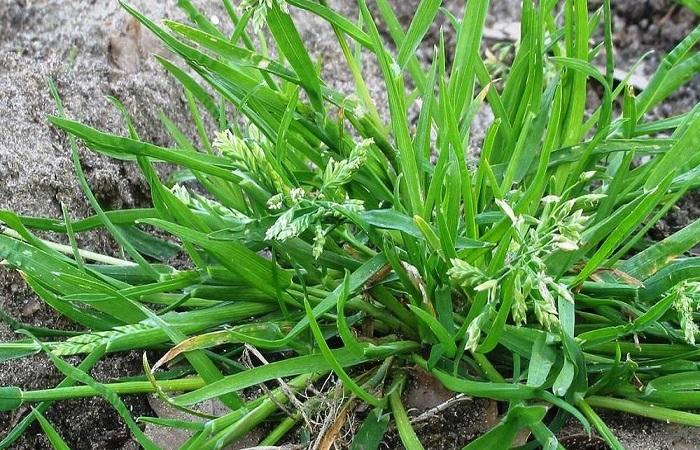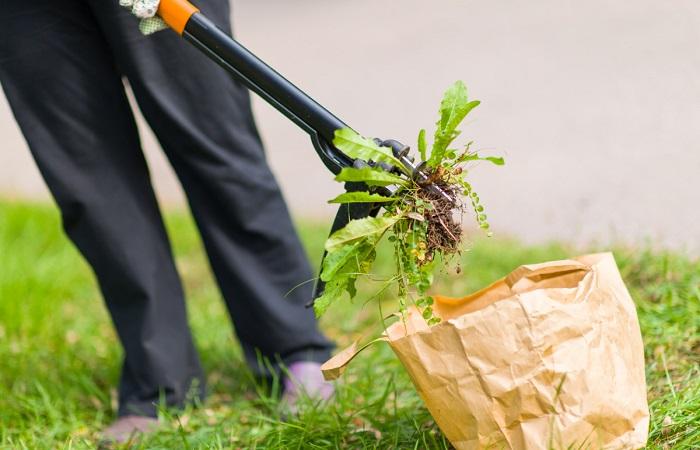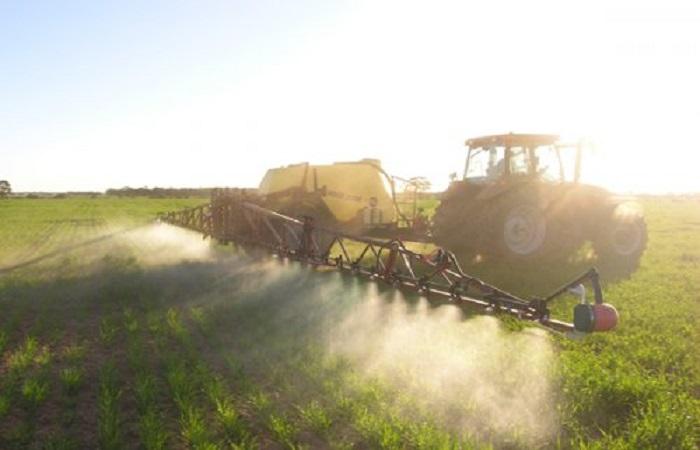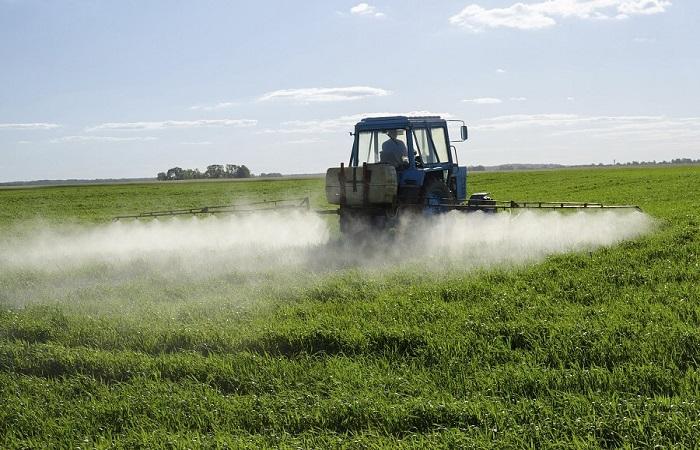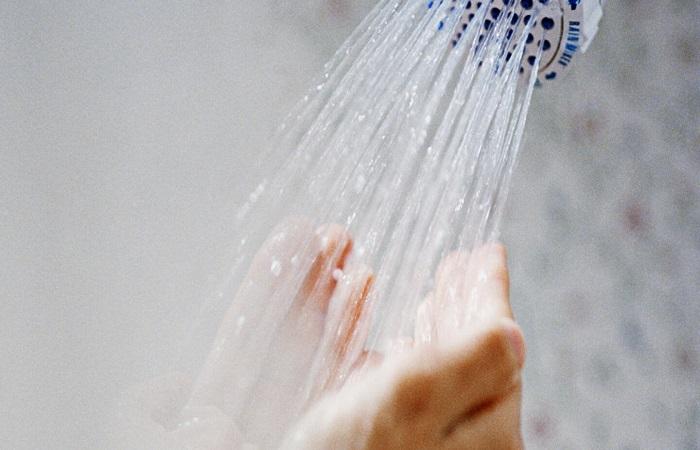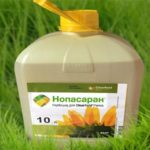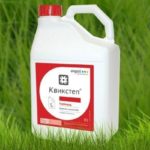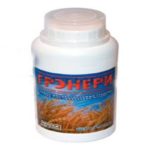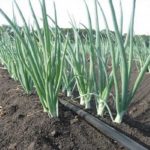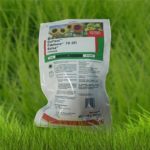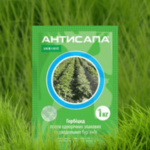Herbicides intended for the destruction of weeds in fields with agricultural crops are used to preserve the amount of crops and prevent the development of diseases that are spread by weed seeds. There are both single products on sale and chemicals that contain several active components. Herbicide "Florastar" belongs to the second category and is used to protect grain crops.
Active ingredient and form of release of herbicide
The herbicidal preparation, which has a systemic effect, consists of two active components belonging to different chemical classes, which makes it particularly effective in the fight against weeds. The product contains 300 grams of 2,4 D (2-ethylhexyl ether), which belongs to the class of aryloxyalkanecarboxylic acids, and 6.25 grams of florasulam, which belongs to the chemical class of triazolepyrimidines.
The herbicide arrives on the shelves of gardening stores in the form of a suspension emulsion, which is packaged in 5-liter plastic canisters. The drug can also be ordered in online stores. The manufacturer of the systemic fungicide is Sumiagro.
Mechanism and spectrum of action
The herbicidal preparation "Florastar" is developed for post-emergence treatment of grain crops, as well as corn, against dicotyledonous weeds and is characterized by a systemic effect. This means that after spraying, it penetrates through the leaves into the tissues of the weeds and spreads to all parts, including the root system.
The list of weeds against which the chemical works successfully includes all types of thistle and thistle, field bindweed and tenacious bedstraw. "Florastar" destroys both annual and a number of perennial dicotyledonous weeds.
The principle of operation of a chemical product is determined by the work of the active components included in its composition and belonging to different chemical classes. The mechanism of operation of 2,4 D (2-ethylhexyl ether) is based on inhibition of the processes of photosynthesis of weeds. After penetration into the grass tissue, hydrolytic breakdown of proteins occurs, which ultimately leads to a decrease in the supply of essential minerals to the plants - potassium, nitrogen and phosphorus.As a result of this, after some time, water metabolism is disrupted, the weed loses turgor and begins to gradually fade.
The second component of the herbicide, florasulam, is characterized by a systemic effect and penetrates the weeds both through the leaves and through the root system. Its main purpose is to inhibit acetolactate synthase, which is the main enzyme necessary for the formation of leucine, valine, and isoleucine.
The protective effect lasts until the next wave of weeds, since the drug does not create a herbicidal screen on the ground.
Among the advantages that farmers pay attention to in their reviews, it is worth noting the following points:
- Absence of any restrictions on subsequent crop rotation.
- Possibility of using the chemical before the 2nd internode phase in grain crops and the formation of the 7th leaf in corn.
- A wide range of weeds: both annual and perennial, against which the chemical works effectively.
- Speed of action - a day after spraying, the growth of weeds stops, after 2 days the first signs of damage become noticeable, and after a week the plants completely die.
- Can be used in tank mixtures with other chemicals.
- No development of resistance due to the presence of two active components from different chemical classes.
- Affordable cost and economical consumption of herbicide.
Consumption rate and use of Florastar
The instructions for use developed by the manufacturer indicate the application rates of the drug for treating fields with different plants. The herbicide consumption is presented in the table.
| cultivated plant | Herbicide rate | Consumption of working fluid and frequency of treatments per season |
| Corn | From 400 to 600 ml per hectare of plantings | From 200 to 300 liters per hectare, depending on the degree of weediness of the site. Carry out one spray per season |
| Wheat, rye, barley | From 400 to 600 ml per hectare of field | From 200 to 400 liters per hectare, depending on the degree of weediness of the site. Carry out one spray per season |
The working solution is prepared before use so that the active components do not lose their properties. Half the total amount of clean and soft water is poured into the sprayer tank and the amount of herbicide specified in the instructions is added. Turn on the stirrer and wait until the chemical is completely dissolved. After this, add the remaining liquid and mix thoroughly again. It is recommended to prepare liquid for field treatment on specially concreted areas, away from housing.
The remaining solution of the drug is not stored, as it quickly loses its working qualities; the chemical is disposed of in accordance with safety regulations, without pouring it onto the ground or into water bodies.
Safety precautions
Spraying weeds is done only in protective clothing that covers the entire body. Rubber gloves and boots are also worn. The respiratory tract is protected using a household respirator. At the end of the treatment, take a shower and wash all clothes.
If drops of the drug get on the mucous membranes or skin, wash them with cool water and seek first aid at the hospital, taking the chemical label with you.
Drug compatibility
"Florastar" is allowed to be used in tank mixtures after a preliminary chemical compatibility test. Do not mix the herbicide with drugs based on clodinafop and fenoxaprop.
How and how long can you store
The manufacturer's instructions do not indicate the expiration date of the chemical, but you should not store it for more than 3 years, especially if the original packaging has been damaged. Keep the herbicide in a dark and dry room, away from food and feed.
Substitutes
You can replace the drug "Florastar" with chemicals such as "Disulam", "Luger" or "Elant Extra".


